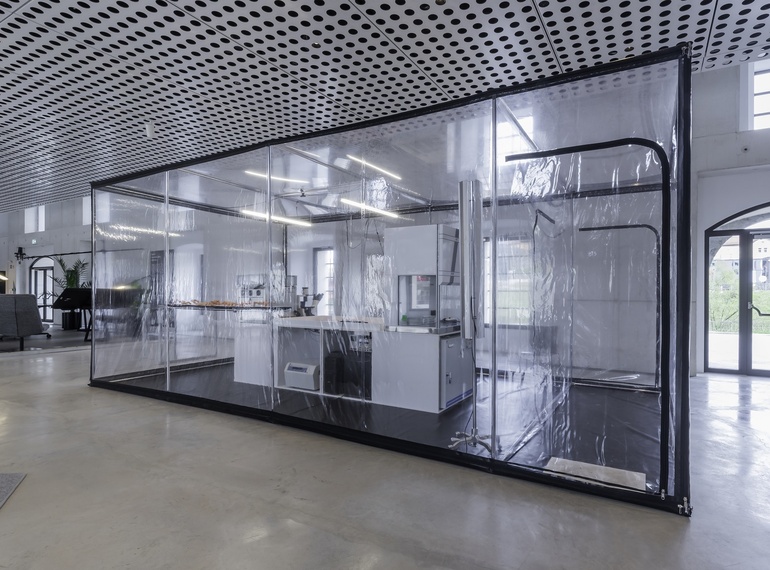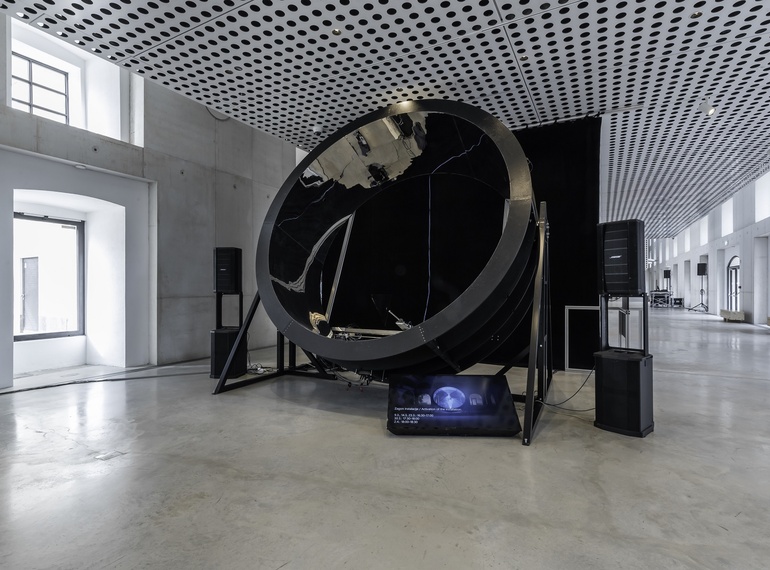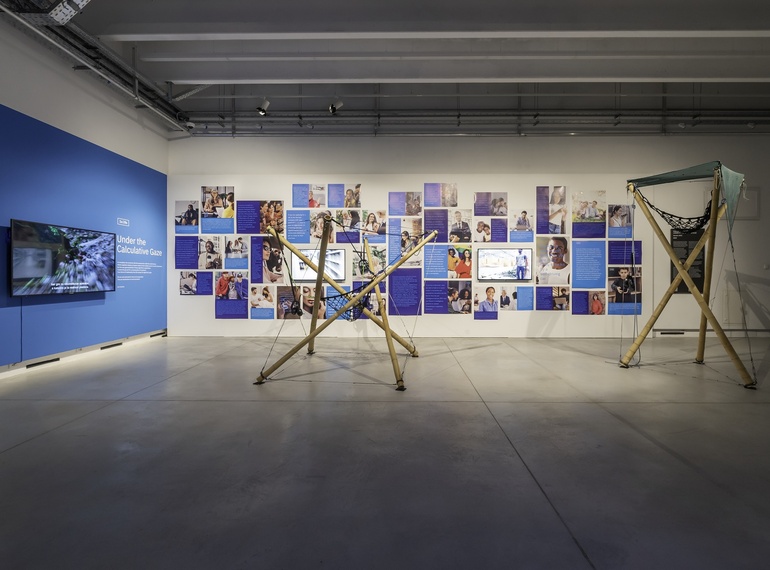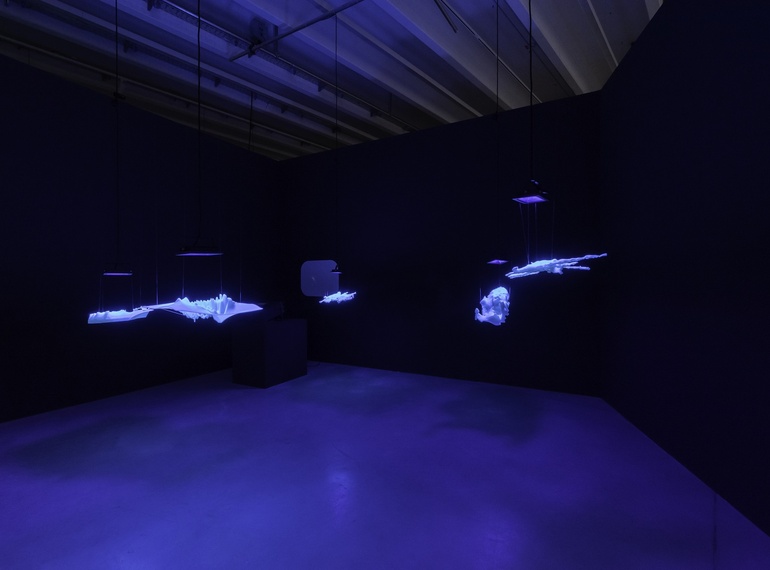konSekvence ≡ Fragments of a Possible Ecosystem
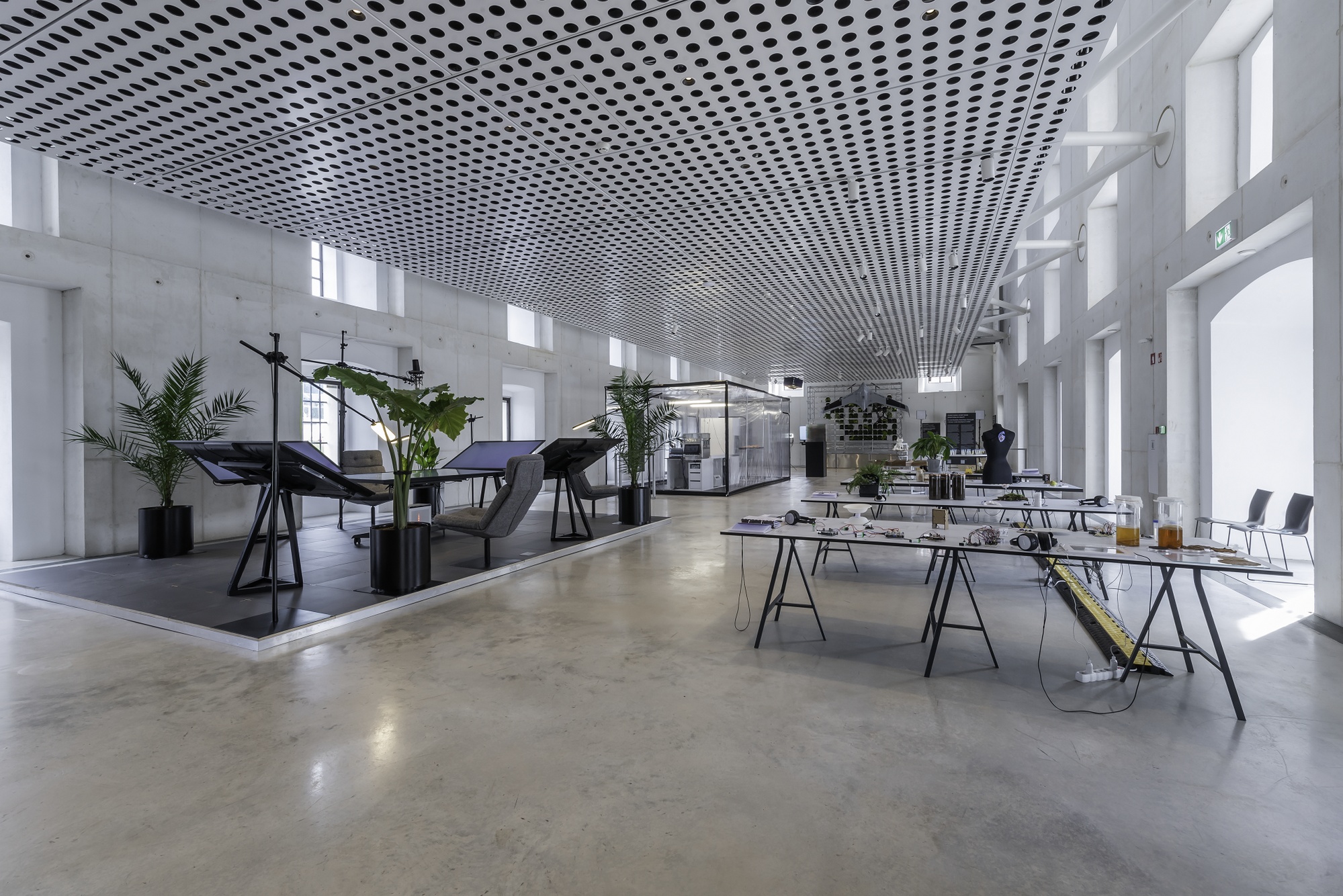
The exhibition offers an insight into the long-lasting operation of the konS ≡ Platform for Contemporary Investigative Art, which brought together nine partners working in the field of intermedia art: Kersnikova Institute, Project Atol Institute, Aksioma Institute for Contemporary Art, Ljudmila Art and Science Laboratory, Cona Institute for Contemporary Art Processing, The Academy of Art at the University of Nova Gorica, Youth Centre Velenje, LokalPatriot Novo mesto and MKC Maribor.
Artists: Erich Berger; Boštjan Čadež; Marko Damiš in collaboration with Mario Dobaj, Martin Košir and Dorijan Šiško; Tadej Droljc; Miha Godec and OctoSens; Katrin Hochschuh and Adam Donovan; Sanela Jahić; Jata C (beepblip, OR poiesis, Boštjan Perovšek, Bojana Šaljić Podešva, Brane Zorman); Gregor Krpič and Simon Gmajner in collaboration with Jan Babič phd., Mark Jamšek and Gal Sajko (Jožef Stefan Institute); Joana Moll; Miranda Moss and Daniel Brownell; Matjaž Požlep in collaboration with Luka Bradeško phd. and Patrik Zajc (Solvesall); Tilen Sepič; SPEKTR Z; Zoran Srdić Janežič Kin in collaboration with Kristijan Tkalc, Benjamin Fele and Erik Krkač; Nejc Trampuž; Staš Vrenko
The platform aims to establish an active network of connections between art production centres, educational and research institutions and the economy. Its goal is to encourage the audience to follow the findings on artificial intelligence, robotics, biotechnology, ecology, and to critically consider the impact of science and modern technologies on the individual and society. It strives to improve the conditions for artistic research and production and translate artistic ideas into innovations that would enable a more ethical and sustainable society.
In a world in which technology is steadily consolidating its place, and the progress experienced over the last decades has begun to show itself as a key establisher of almost all aspects of modern life, artists who work at the intersection of science, technology and society ask themselves how this affects the transformation of the traditional values in society. The exhibited works enable us to observe the contours of hybrid ecosystems in which technologies are not used to further exploit living and non-living systems, but are aimed to improve our understanding and coexistence with them. Researching whether machines can be more empathetic towards animals and plants than humans and respond more lovingly to their needs is at the heart of Gregor Krpič, Jan Babič, Marko Jamšek and Gal Sajko’s work Robotic Garden, Miranda Moss and Daniel Brownell’s project Gallus Gallus Roboticus as well as Katrin Hochschuh and Adam Donovan’s Empathy Swarm. Zoran Srdić Janežič is developing a new form of hybrid life – Biobot, which offers ontological and ethical considerations on the status of such entities and the protocols for dealing with them.
Joana Moll's work explores the average global cookie traffic in real time. She focuses primarily on how cookies parasitize electronic devices with the aim of extracting personal data. On the other hand, Sanela Jahić examines the political repercussions of artificial intelligence, which, when automated processes are introduced, contributes to the strengthening of inequality in society. Staš Vrenko's system of converters tests the simulation potential of data processes, whereby data from Internet databases is translated into printed 3D objects through a series of transfers between analogue and digital and signals and data. The OctoSens community project, which brings together a group of sound researchers is an interface that enables the management of other devices and the simultaneous use of various sensors for sound synthesis. The work by Marko Damiš and a team of engineers focuses on the need to improve the conditions for the development of innovations. Its interface is designed to facilitate communication between scientists, researchers, artists and artificial intelligence. In his project, Matjaž Požlep collaborated with the company Solvesall, which designs artificial intelligence that guides an avatar, which enables peer-to-peer learning, as well as offers an alternative to the traditional education system. Boštjan Čadež's Line Rider has also become an educational tool. He created a game in an augmented reality environment, simulating a sledder going down the slopes.
Two projects presented at the exhibition were created in the mobile laboratory for electromagnetism, communication technologies, research and remote sensing SPEKTR Z. The first is Erich Berger's project Landscape Machines, which maps the invisible radioactive territories in our surroundings and thereby visualizes the space that is beyond the perception of our sensory system. The second project is Oculos Super Ignes Vigilantes Volavimus, which was used to map the Karst fire in July 2022, and is a tactical addition to the systems for coordinating activities in emergency situations. Tilen Sepič's installation, which deals with cosmic rays that represent a natural source of radiation from space, also materializes phenomena that are invisible to the human eye into a visible and audible form. Nejc Trampuž uses artificial intelligence as a tool to create imaginary landscapes. With these landscapes he encourages a reflection on the current social and environmental situation, and the contemplation on the possible future of humanity, which is more inclusive and empathetic towards all within our ecosystem.
The exhibition will open with Tadej Droljc’s intermedial performance Dinner with a Hyperobject, the basic starting point of which is a dialogue between the performer and the object. While the former uses synthesized sound or voice to communicate, the latter uses its own form, formed by sound and light. At the end of the exhibition, an artistic interpretation of the sounds of the Earth's surface or the lithosphere will be presented by group Jata C’s electroacoustic composition, which focuses on the world of rocks, different temporalities and the human presence in the environment.
During the exhibition, Cukrarna and its partners will host performances, workshops for children and adults, talks with artists and researchers, as well as a conference. konS partners’ venues will showcase Anna Engelhardt and Mark Cinkevich, Farzin Lotfi-Jam (Aksioma Project space, Ljubljana), Dorotea Dolinšek (Kapelica Gallery, Ljubljana), Thomas Gorbach & The Vienna Acousmonium in cooperation with Andrej Kobal, OR poiesis and tonoto (Cona in Kino Šiška), Dorotea Dolinšek, Nejc Trampuž, Saša Spačal in cooperation with Kaitlin Bryson, Stefan Doepner with Stelarc and Aphra Tesla (Velenje Gallery), and Špela Petrič (Xcenter, Nova Gorica).
in collaboration with konS ≡.
The konS project is co-financed by the Republic of Slovenia and by the European Regional Development Fund of the European Union.
Opening hours
Tuesday to Sunday: 10.00–19.00
Tickets
Free entry.


